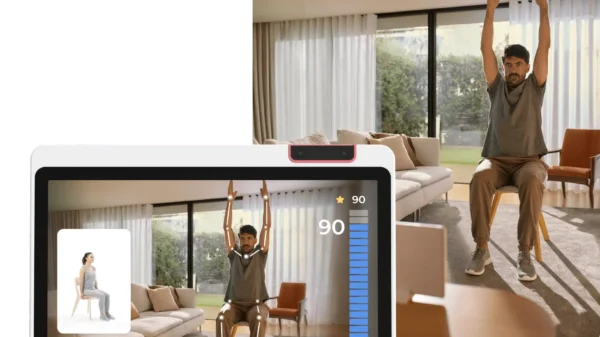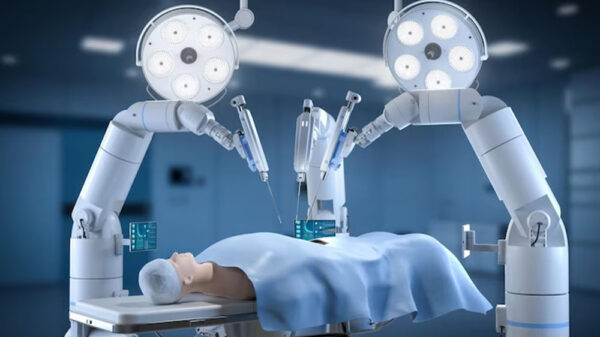A New Era in Surgical Innovation
Robotic-assisted and smart surgeries are transforming the way modern medicine approaches complex procedures. These technologies combine robotics, AI, and data analytics to support surgeons in achieving higher accuracy and control during operations. With global healthcare systems facing growing patient demand and workforce shortages, robotic surgery offers a scalable solution to improve outcomes while maintaining safety and efficiency.
Enhancing Precision and Minimizing Human Error
One of the most compelling benefits of robotic-assisted surgeries is their ability to increase surgical precision. Robots such as the da Vinci Surgical System allow for highly controlled, minimally invasive procedures. These systems use tiny instruments and 3D visualization to perform delicate operations with far greater accuracy than the human hand, significantly reducing the risk of complications and improving surgical consistency.
Reducing Recovery Times and Hospital Stays
Minimally invasive techniques enabled by robotic systems result in smaller incisions, less trauma to the body, and quicker recovery times. Patients who undergo robotic surgeries often experience less post-operative pain and shorter hospital stays. This not only improves quality of life for patients but also helps healthcare facilities reduce costs and free up beds for other patients.
NHS Endorsement and Broader Accessibility
In the United Kingdom, the National Health Service (NHS) has endorsed the use of robotic surgery systems for a growing number of procedures. This includes orthopedic operations such as hip and knee replacements, as well as urological, gynecological, and colorectal surgeries. The NHS’s investment in this technology aims to address long waiting lists and optimize surgical efficiency across hospitals.
Addressing the Surgical Backlog Post-Pandemic
The COVID-19 pandemic created a significant backlog of non-emergency surgeries across the world. Robotic surgery offers a way to address this challenge by increasing the throughput of safe, effective procedures. With faster operations and reduced recovery times, hospitals can treat more patients without compromising on care quality, helping to clear backlogs and improve access to elective surgeries.
Real-Time Data and Smart Surgical Systems
Smart surgery platforms are not just about robotic arms—they are increasingly integrated with real-time imaging, AI-driven analytics, and augmented reality. These systems provide surgeons with enhanced visualizations, allowing them to navigate complex anatomy with confidence. Real-time data also supports intraoperative decision-making, reducing uncertainty and improving surgical outcomes.
Supporting Surgeons and Extending Careers
Robotic-assisted systems reduce the physical strain associated with long and complex surgeries. Surgeons can perform procedures while seated at a console, with better ergonomics and less fatigue. This has the added benefit of helping experienced surgeons extend their careers and reducing burnout in a high-pressure profession.
Training and Skill Development for the Future
As robotics become more common in operating rooms, medical training programs are evolving to include robotic surgery as a core component. Surgeons are now being trained in simulation environments using robotic consoles, allowing them to develop their skills in a risk-free setting. These advancements ensure that the next generation of surgeons is well-prepared to harness these tools effectively.
Expanding Beyond Major Medical Centers
While initially limited to large, well-funded hospitals, robotic surgical systems are now becoming more accessible to mid-size and regional medical centers. Advances in technology and a growing number of competitors in the market are making robotic solutions more affordable. This democratization of smart surgery means more patients, regardless of location, can benefit from cutting-edge procedures.
Ethical and Regulatory Considerations
As with any advanced medical technology, robotic surgery raises questions about ethics, liability, and regulation. Ensuring transparency in AI-driven surgical recommendations and maintaining a high level of human oversight is crucial. Regulatory bodies are working to establish clear standards and guidelines to govern the safe implementation of robotic systems in clinical settings.
Case Studies Demonstrate Tangible Impact
Hospitals that have adopted robotic systems report measurable improvements in surgical outcomes. In one UK hospital, the introduction of robotic systems for knee replacements led to a 20% reduction in recovery times. Similarly, hospitals in the U.S. have reported lower infection rates and fewer complications in robotic-assisted colorectal surgeries, showcasing the real-world benefits of these systems.
Paving the Way for Autonomous Surgery
Though full automation in surgery is still in early stages, research is underway to develop autonomous surgical systems capable of performing certain tasks independently. These include suturing, tissue manipulation, and precise incisions. While human surgeons remain central to all operations, AI and robotics will likely take on more collaborative roles in the future.
Balancing Cost with Value
The upfront investment in robotic systems can be significant, but long-term benefits often justify the expense. Hospitals gain operational efficiency, patients recover faster, and surgical teams experience less strain. As technology matures and becomes more cost-effective, robotic-assisted surgery is expected to deliver even greater value across healthcare systems.
Patient Perception and Acceptance
Patient attitudes toward robotic surgery have shifted positively in recent years. Many patients view robotic-assisted procedures as cutting-edge, associating them with precision and better outcomes. Healthcare providers play a key role in educating patients about the safety, benefits, and limitations of these technologies, helping build trust and confidence.
A Smarter, Safer Surgical Future
Robotic-assisted and smart surgeries are no longer the domain of science fiction. They are reshaping the surgical landscape today—improving accuracy, patient safety, and clinical outcomes. As these technologies continue to evolve and integrate with broader health systems, they hold immense potential to make surgery safer, smarter, and more accessible than ever before.




































